2023 strikes me as a year in which here were a shocking number of great debuts, but as I look back, the trend seems to be a year in which established writers in the horror scene have all of a sudden thrown down their very best work, many of them publishing books that I have no compunction about calling masterpieces
That makes for a challenging task to whittle down all of that greatness to just ten titles, but I also think these ten are so solid and so deserving that I want everyone to go read them now, to enjoy them (or be wrecked by them) as much as I have.
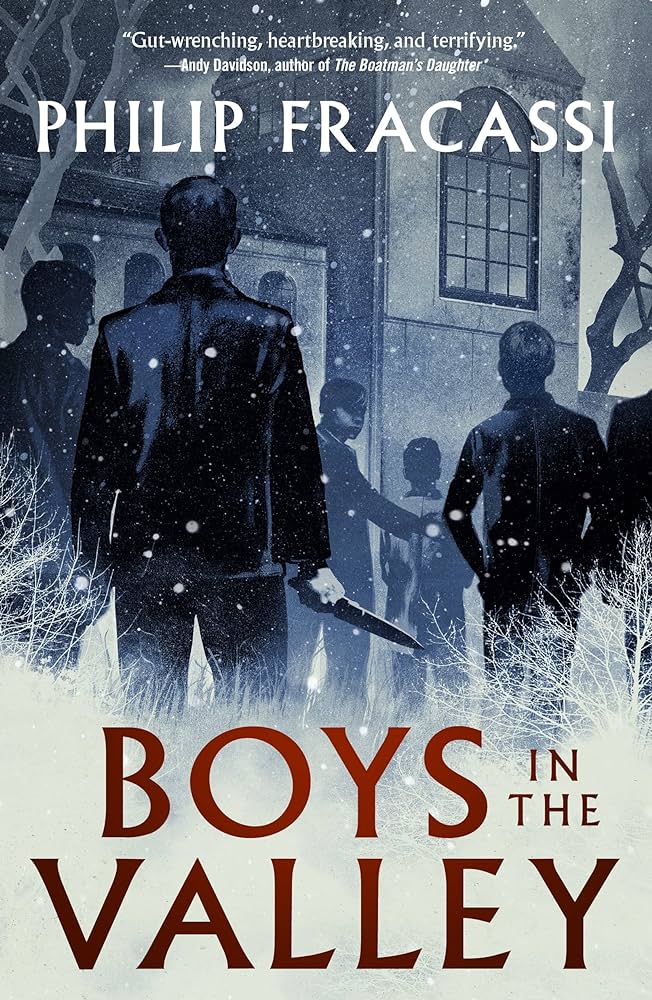
10 Boys in the Valley by Philip Fracassi
With Boys in the Valley, Philip Fracassi builds a story that feels somehow timeless. Part The Exorcist and part Lord of the Flies, the novel unfolds as a non-stop action adventure horror survival story that is simultaneously a morality play and–at least partly–Christian allegory.
That last bit is the closest to a weakness to be found in Boys in the Valley, and it’s one that’s shared with, well, almost the whole genre of possession horror, a sub-genre that tends toward conservative dogma almost as a requirement.
But just as I don’t care much about William Blatty’s answer to the questions The Exorcist raises about belief and sacrifice, I’m more than happy to go along for the ride in Fracassi’s tightly told, character-driven horror show, in which a boys orphanage is beset by demonic forces and things take no time to turn first spooky and then very, very bloody.
Filled with creepy set pieces, bloody confrontations, and thrilling survival horror, Boys in the Valley drips with that magical and undefinable can’t-put-down-ability that will keep you saying, “One more chapter,” long into the night.
9 Mister Magic by Kiersten White
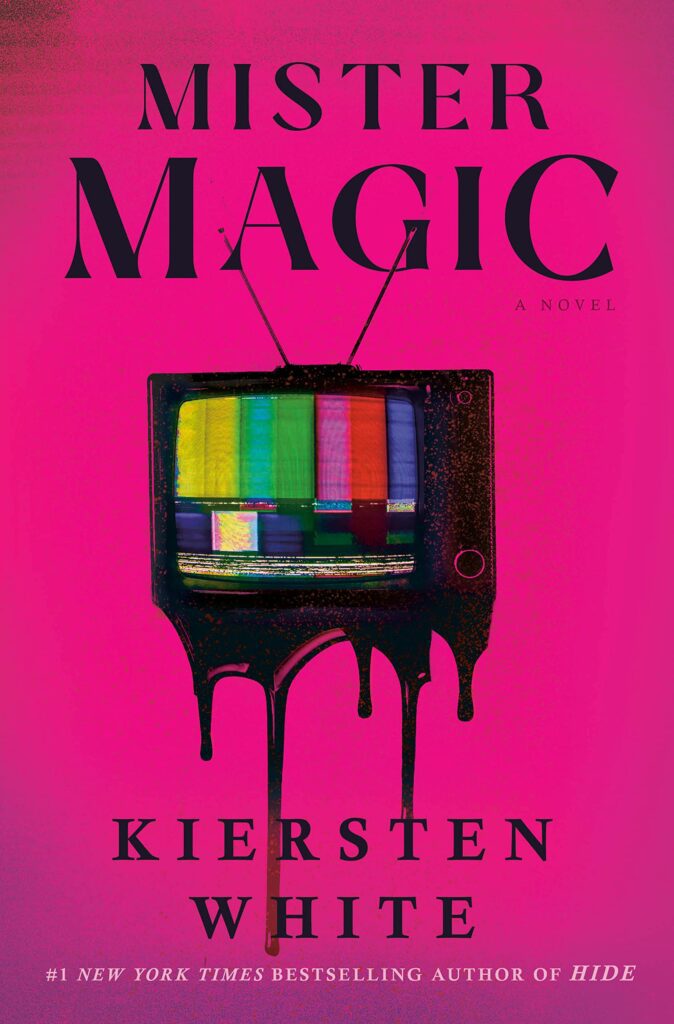
It’s hard to say much about the plot of Mister Magic without spoiling this twisty turny tale, but I can say that it all revolves around the longest running television show in history: Mister Magic. This children’s show, which sounds something like a demonic Romper Room crossed with Mister Wizard, ran for decades, with a rotating cast of six children, all playing to their specific type. At least that seems to be what people remember. The fact is that there is no record of the show outside of anecdotal evidence from past viewers. No video tapes. Nothing.
White makes a great deal of this ghost show, weaving the book through with “found” documents: online chat room threads, letters, and Wikipedia articles. And for some books, this Mandela Effect of the slightly spooky show that might only exist in people’s minds would be enough to carry the story. Val would travel to the desert with her new friends(?) and uncover the mystery of Mister Magic.
But this book has much bigger fish to fry. For one, White seems to recognize the Mandela Effect that is childhood. There’s a real poignancy in the way those snippets of voices talk about a show that was so meaningful to them but also so ephemeral. On one level Mister Magic is an investigation of the way memory—especially childhood memory—is so unreliable, so slippery, always being overwritten by our own experiences, by hearsay, and finally, by trauma.
Because even this investigation of memory is secondary to the book’s true concerns. Readers of White’s Hide (2022), will recognize a certain similarity in Mister Magic’s contemporary folk-horror setup, but it’s my belief that Hide was really a warm up to what she does with the concept here, a moving slowly around the topic without yet being able to face it head on. In Mister Magic, she faces it down, and we get a fast-moving, fun horror quest that is finally about childhood abuse, specifically the abuse perpetrated by organized religion. The way that White pulls off this particular trick is not quite allegory. It’s too direct for that. And the power of Val’s realization, and her sacrifice, are truly powerful.
Mister Magic presents an author who has made a sudden leap forward, and I can’t wait to see where this leap takes her next.
8 Don’t Fear the Reaper by Stephen Graham Jones
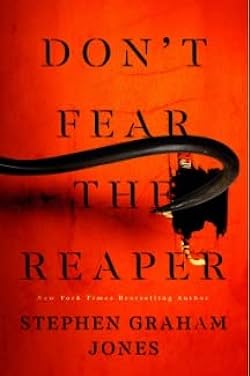
Stephen Graham Jones does what is almost unheard of with Don’t Fear the Reaper: delivers a slasher sequel that surpasses the original (see: Friday the 13th 2 and Scream 2).
My Heart is a Chainsaw, the first Jade Daniels book, was a love letter to the slasher form that was so packed with allusions, so crammed from margin to margin with Jade’s final girl scrawl, that it acted as a kind of shield, only slowly revealing the depths of the character beneath, a broken girl who has been failed by almost everyone around her, clinging to what she can to make meaning of her world.
Following the rules of the slasher, Don’t Fear the Reaper ups the ante, bringing in all new Big Bads, and delivering non-stop carnage almost from start to finish. Being a teenager in Proofrock, Idaho has never been particularly safe, but when escaped serial killer Dark Mills South rolls into town, things get real bad, real fast.
Of course, in these books, nothing is as simple as it appears. Dark Mills South is no Michael Meyers, and the novel’s story refuses the simple trajectory of a Halloween-style plot. By then end of this second book in the trilogy (The Angel of Indian Lake, the final book in the series comes out in 2024) we have an entire rogues gallery of baddies.
But once again, it’s Jade Daniels (though she’s going by Jennifer these days) who is the heart and soul of the book. And it’s her damaged psyche that really gets the slasher treatment here, as the book slowly unfolds the real life horrors that lead to her deep-seated traumas.
It’s a bravura performance, with what sometimes feels like a cast of thousands, that all builds to the expectedly cinematic climax. It’s also a master class in horror cinema, film theory, and a love letter to the way we cling to art just keep us afloat in a sea of blood and chaos.
7 Silver Nitrate by Silvia Moreno-Garcia

Silver Nitrate is a rollicking good read.
The plot revolves around childhood friends Montserrat and Tristán. Now in their late thirties, their repartee reads something like a cranky old married couple, with their love for each other always floating just beneath the surface. They both live in a loose orbit around Mexico’s world of film and television, Montserrat working as a sound engineer and Tristán a washed up soap star. When Tristán realizes his new neighbor, Abel Urueta, is a semi-famous director of old horror movies, the pair quickly befriend the old man.
What Montserrat really wants to know about is Beyond the Yellow Door, the famously cursed film that Urueta never finished, and the old director is happy to talk. In no time, we’ve descended into a world of Nazi sorcerers, crazed cultists, and very literal movie magic.
In other words, Heaven.
There is a murder, and a theft, and soon the couple are interviewing magic-wielding socialites, being chased by half-formed dog-things, and being haunted by dead lovers. It’s a good time.
As always, Moreno-Garcia’s world-building is stellar. Silver Nitrate is yet another period piece, though slowly creeping up on the modern day. 90’s Mexico City is vibrant and the nitty gritty of Montserrat’s studio work feels lived-in, genuine, and fascinating.
Does Montserrat’s facility with magic seem to come almost too easily? Sure. Is the antagonist a mere sketch? Absolutely. Will you love every minute? Almost certainly.
6 Fever House by Kieth Rosson
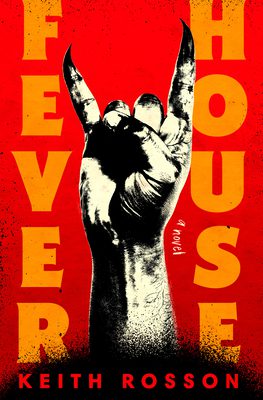
The opening chapters of Fever House give the reader a distinct feeling of being pulled roughly along by the hand. Short chapters, multiple points of view, and constant brutal action moves everything forward at a propulsive speed.
But about a hundred pages in, rather than being propelled forward, the reader is dropped down a hole. This hole is filled with deep characterization, lore, and intricate connections undreamed of in the opening of the novel. Characters introduced, one suspects, to move the plot forward, that is, to deliver a cursed hand to its next owner, becomes the center of the story, this story spidering out in a hundred directions, in a novel that contains plenty of violence but also family connections, riffs on punk music, psychics, fallen angels, and a city (Portland, Oregon) that has descended into violent chaos.
There also happens to be lots of espionage, hackers, and clandestine meetings with salt of the earth people who just happen to have their ear to the pulse of a shadow world that no one suspects exists.
All of this resolves, or refuses to resolve, into something like a zombie apocalypse, but this apocalypse looks eerily familiar. The moment that Portland police are firing at civilians with live ammunition, all while cracking jokes, the parallels to the real-world turmoil of recent years is cemented. The world of Fever House is much like our own: organized and policed by sadists and fools, while the populace is fed a thousand and one poisonous transmissions.
In the end, Fever House is a story about a family torn apart, about trauma and grief, all coated in a sticky-sweet coating of blood and gore. It goes down smooth.
5 Lone Women by Victor Lavalle
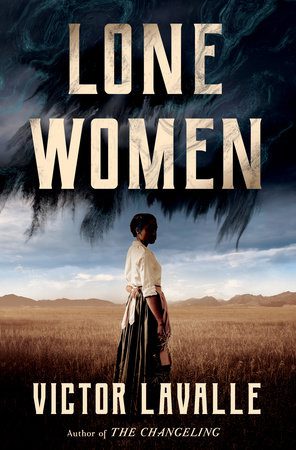
I first discovered Victor Vavalle’s work with The Changeling, a novel that was so brutal, so surprising, and finally so weirdly beautiful, that I hurriedly rushed to read everything of his I could get my hands on.
By my estimation, he’s never done wrong.
Lone Women shows us Levalle at the height of his powers. A period piece that plays on one of his favorite themes of family trauma and family curses, the book gives us Adelaide Henry, fleeing California for the Highline of Montana, where the promise of free land is too great to resist.
That Adelaide is, as the title suggests, a woman alone is just one of her challenges. She’s also a Black woman alone in a mostly unfriendly wilderness. But more than all of that, is the fact that she is, in fact, not alone at all.
Adelaide carries with her a massive steamer trunk, and the secret inside that trunk is what sent her fleeing California in the first place.
Beautifully paced, Lone Women works brilliantly as historical fiction, as romance, as a novel of female bonding, but in the end, it is first and foremost a creature feature, and when that trunk opens up, all Hell breaks loose in ways you won’t want to miss.
4 What Kind of Mother by Clay Mcleod Chapman

What Kind of Mother begins in very familiar territory: a single mom forced by circumstances to return to her hometown in shame, an old flame with a tragic backstory reappears, and they find solace in each other’s trauma. Heck, we’re halfway to a Hallmark romcom already.
Hallmark is unlikely to option Clay Mcleod Chapman’s book, however. Very unlikely.
This ain’t that kind of book.
It’s hard to talk about What Kind of Mother without giving away a plot that unfolds like Greek tragedy filtered through a late night spookfest as narrated by Sam Shepard (sfx by Ray Harryhausen). But the novel moves us through its comfortably familiar setup into a devastating and harrowing story of loss, and then, right when you think you know where you stand, hits you with some of the most effectively surreal horror I’ve read in some time.
3 The Reformatory by Tananarive Due
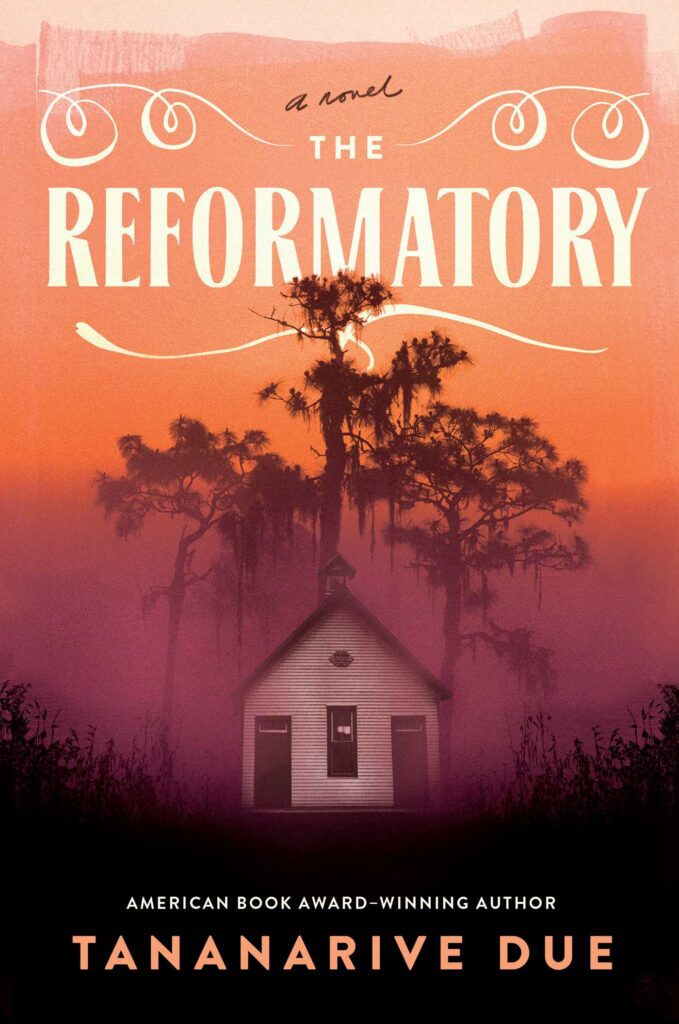
It doesn’t happen all that often, but sometimes you read a new book, and almost immediately you know that it’s not only going to be great, but that it is destined to become a classic. That was my experience all the way through Tananarive Due’s newest novel, The Reformatory, a book so assured, so well shaped and beautifully written, that I was never once plagued by worries that the book might fall apart in the end. I just knew.
This is literature.
The Reformatory is an act of remembrance, an author’s yearning for justice, and many of the rules that Robert learns for dealing with ‘haints’ are rules for living in a country so dedicated to devouring its most vulnerable, to eating its young. One of those rules is that haints can’t resist hearing their names called, and The Reformatory is itself such a cry, reminding us always and forever that we must Say Their Names.
2 Looking Glass Sound by Catriona Ward
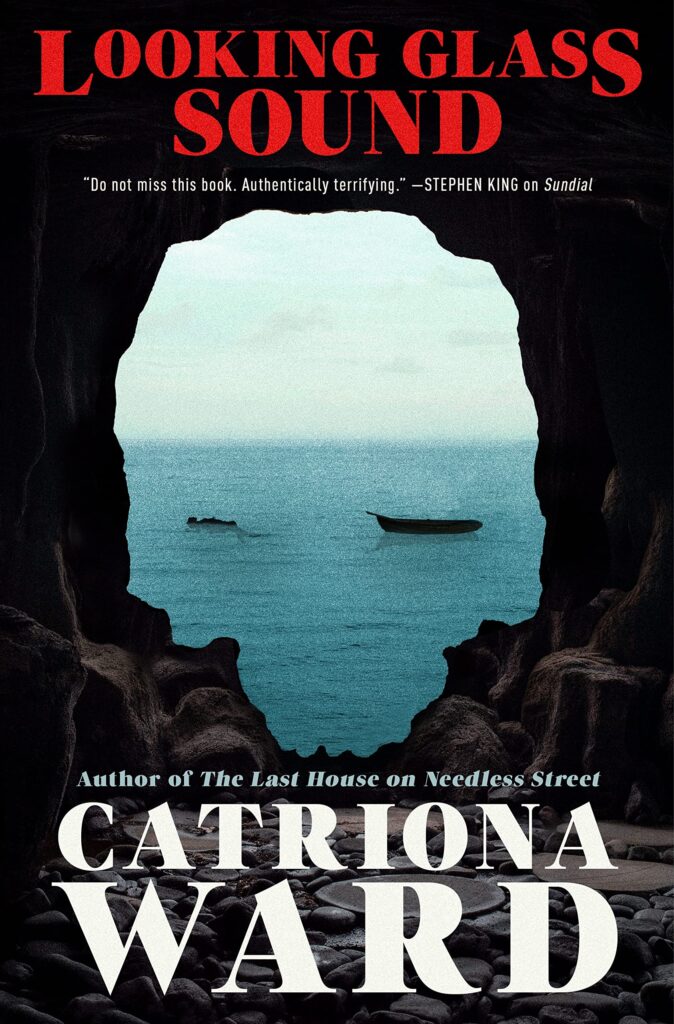
In Peter Straub’s masterwork, the Blue Rose Trilogy, he does something truly remarkable. In Koko, he tells a brilliant, haunting horror story. Then, in the second book, Mystery, he sets the story in an earlier time frame and a completely different setting, though certain elements remain, shifting ghostlike through the narrative in a strange, ghostly remix. And then, in The Throat, we learn that the earlier books are both novels set within the fictional world of this last book, the narrator their author, and we see the ways in which both of the earlier books were simply different attempts at circling around the story he is finally ready to tell. It is a tour de force of metafictional horror, demonstrating both Straub’s mastery but also the pliability of the form, the way that the same story can be refracted and reframed endlessly, always creating something new, and sometimes something deeper.
In Looking Glass Sound, Catriona Ward takes up a project that is eerily similar, but infinitely more condensed, more shocking in its constant turning in on itself, and finally more poignant in what it says about story, character, and the relationship between reader and text. In a year when horror writers have been consistently putting out their strongest work, Ward delivers a book that stands out as a genuine accomplishment.
The novel focuses on a summer in the early Nineties, as teenager Wilder Harlow visits Whistler Bay with his family, determined to fall in love. He meets Nat and Harper, and they begin a coming of age narrative that is cut short by the discovery and arrest of a serial killer in their midst and grisly remains of women’s bodies in the bay.
The less said beyond this summary, which could just as well be book jacket copy, the better. What is important is that this event is the catalyst for an exercise in storytelling that is endlessly generative. It is told, retold, with characters shifting and changing names and time lopping and doubling back on itself so many times that the reader is left in a state in which questions such as “What is true?” or “Which is the real story?” are not so much abandoned as made generative.
In the end, Looking Glass Sound is a love letter to Story itself, its possibilities, and the relationship between text and reader. It’s tragic, yes, but also hopeful in its insistent belief in magic and love. Haunting and haunted, it’s a masterpiece of a book.
1 Our Share of Night by Mariana Enriquez
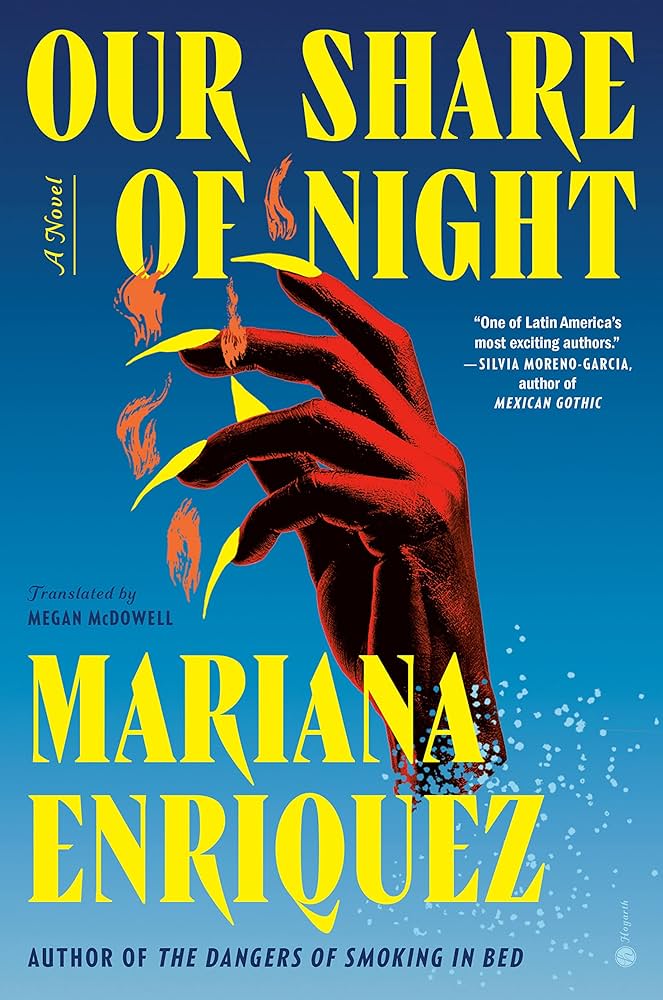
Our Share of Night takes the number one slot because no other book I’ve read this year has haunted my thoughts both as a reader and writer of stories like this one has.
Having read two collections of Mariana Enriquez’s short stories, I was in no way prepared for the sheer scale of this book. It’s not just a big book. It’s a massively complex book, that is so unsparing in its leaps forward, in its refusal to explain, and in its characterizations, that I was continually shocked and elated.
Our Share of Night is, on its surface, a sprawling family epic, but it’s also a novel of cosmic horror, and its a story of an evil cult, and it’s also a haunted house story, and it’s also a story of generational trauma, and it’s also a ghost story about a nation haunted by the incomprehensible violence of a fascist dictatorship.
It’s a real kitchen sink novel that doesn’t feel that way. Instead, it is so self-assured, so controlled, that the reader is willing to go down any road, shift points of view for a hundred pages only to abandon that POV suddenly, and spend time with characters like Gaspar, the shy, sensitive boy, who we want to protect with our lives, but also with his cruel and abusive father.
The depth and range of the novel allows even characters we thought we hated to be given real human depth and understanding.
The book is also scary as hell, with some of the most effectively frightening sequences of modern memory.
Our Share of Night is a monumental book by a writer at the top of her game, and the long list of her works not yet translated into English is just enough to keep me going into 2024.

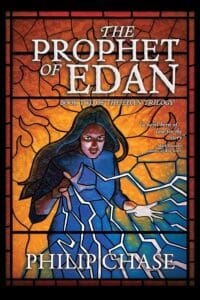
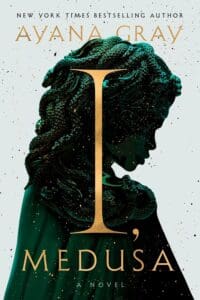
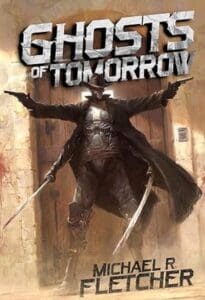
Leave a Reply